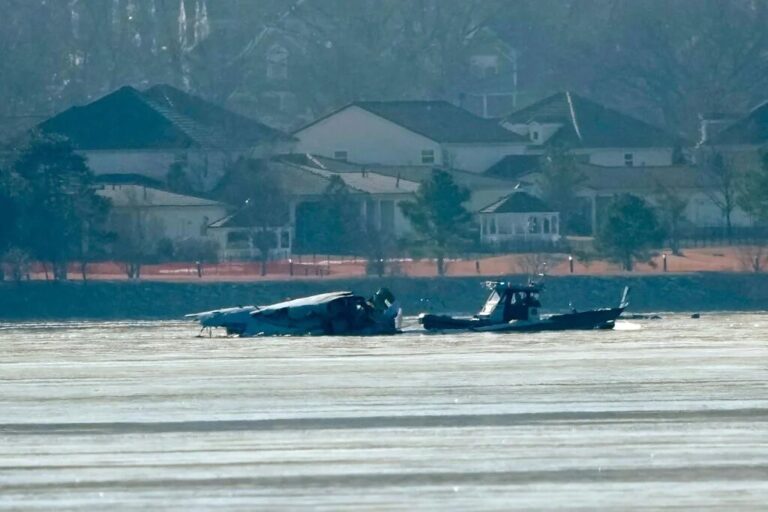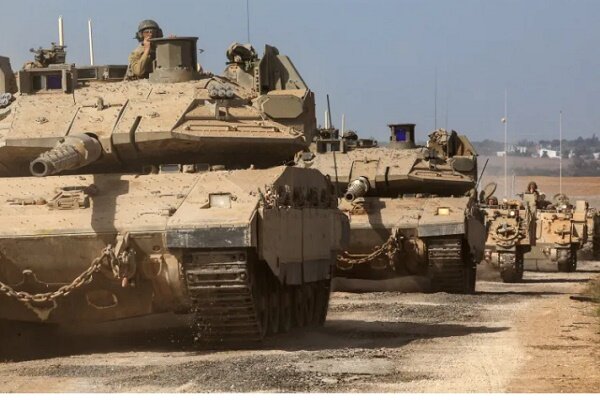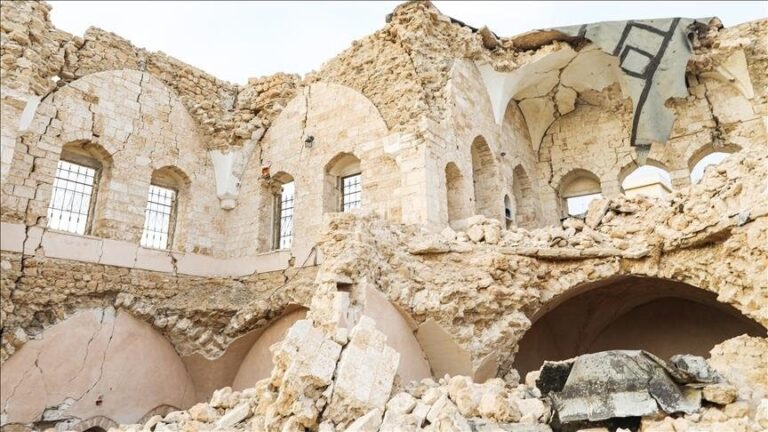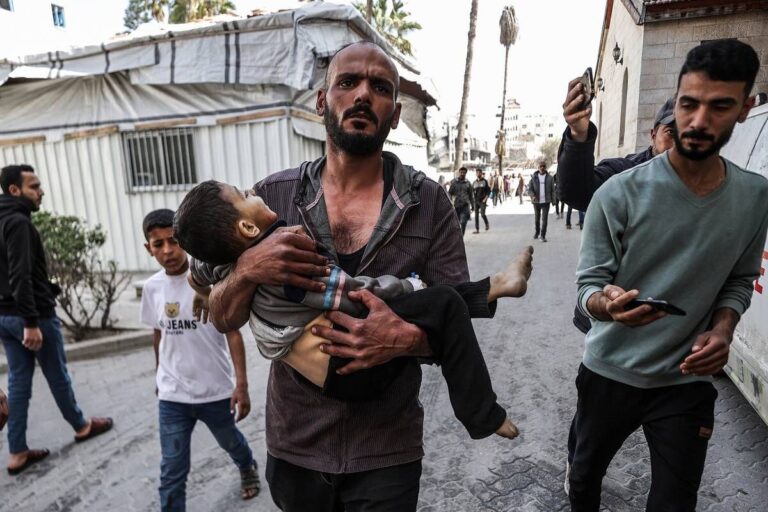Israel’s Military Presence in Gaza, Lebanon, and Syria Set to Continue Indefinitely: What It Means for Regional Stability
The ongoing conflict in the Middle East has taken a significant turn, with Israeli forces asserting their continued presence in the Gaza Strip, Lebanon, and Syria. This development has raised concerns about the future stability of the region. During a recent statement, Israeli Minister for Military Affairs, Israel Katz, emphasized that the military would not be withdrawing from these areas anytime soon.
“Unlike in the past, the (Israeli military) is not evacuating areas that have been cleared and seized,” Israel Katz said on Wednesday, as reported by The Associated Press. This declaration highlights a shift in strategy that could have far-reaching implications for the geopolitical landscape.
Katz elaborated on the rationale behind this decision, stating that Israeli forces would remain in these occupied territories to serve as a “buffer” aimed at protecting Israeli settlements. He noted that this military presence would be maintained in “any temporary or permanent situation in Gaza — as in Lebanon and Syria.”
In recent weeks, the Israeli military has made significant advances in Gaza, citing the need to pressure Hamas into releasing Israeli prisoners. This military action follows Israel’s unilateral decision to terminate a ceasefire agreement and abandon a prior prisoner swap deal. The escalation in military activity has led to heightened tensions in the region.
Despite a previously established truce with Hezbollah, Israel continues to uphold its military presence in various parts of Lebanon. This ongoing military engagement contradicts efforts aimed at de-escalation and raises questions about the future of peace negotiations in the area. Similarly, Israeli forces have also seized strategic areas in southern Syria, particularly in the aftermath of the fall of President Bashar al-Assad.
- Indefinite Military Presence: Israeli forces plan to remain indefinitely in Gaza, Lebanon, and Syria.
- Strategic Buffer: The military presence serves as a buffer to protect Israeli settlements.
- Recent Military Actions: Significant portions of Gaza have been occupied under the pretext of pressing Hamas.
- Ceasefire and Negotiation Challenges: Israel’s unilateral actions have complicated previous ceasefire agreements.
- Hezbollah Truce Violation: The military presence in Lebanon defies efforts for de-escalation.
The situation remains fluid as international observers monitor developments closely. The implications of Israel’s military strategy could reshape not only local dynamics but also broader regional relations. The possibility of a prolonged conflict looms, particularly given the heightened military activities and the absence of concrete diplomatic resolutions.
Furthermore, the actions taken by Israel raise questions about the humanitarian impact on civilians in the affected areas. As military operations intensify, the safety and well-being of those living in Gaza, Lebanon, and Syria are at risk, leading to potential escalations in humanitarian crises. The international community continues to call for discussions aimed at achieving lasting peace in the region.
In summary, the indefinite military presence of Israeli forces in Gaza, Lebanon, and Syria marks a significant shift in the conflict. As Israel Katz articulates a strategy focused on maintaining control over these territories, the complexities of the situation increase. The challenges posed by ongoing military actions, coupled with the potential for humanitarian fallout, underscore the urgent need for renewed diplomatic efforts to achieve stability in the region.
As this situation evolves, it remains crucial for global stakeholders to engage in dialogue and work towards peaceful solutions that prioritize the safety and rights of all individuals affected by the conflict.






